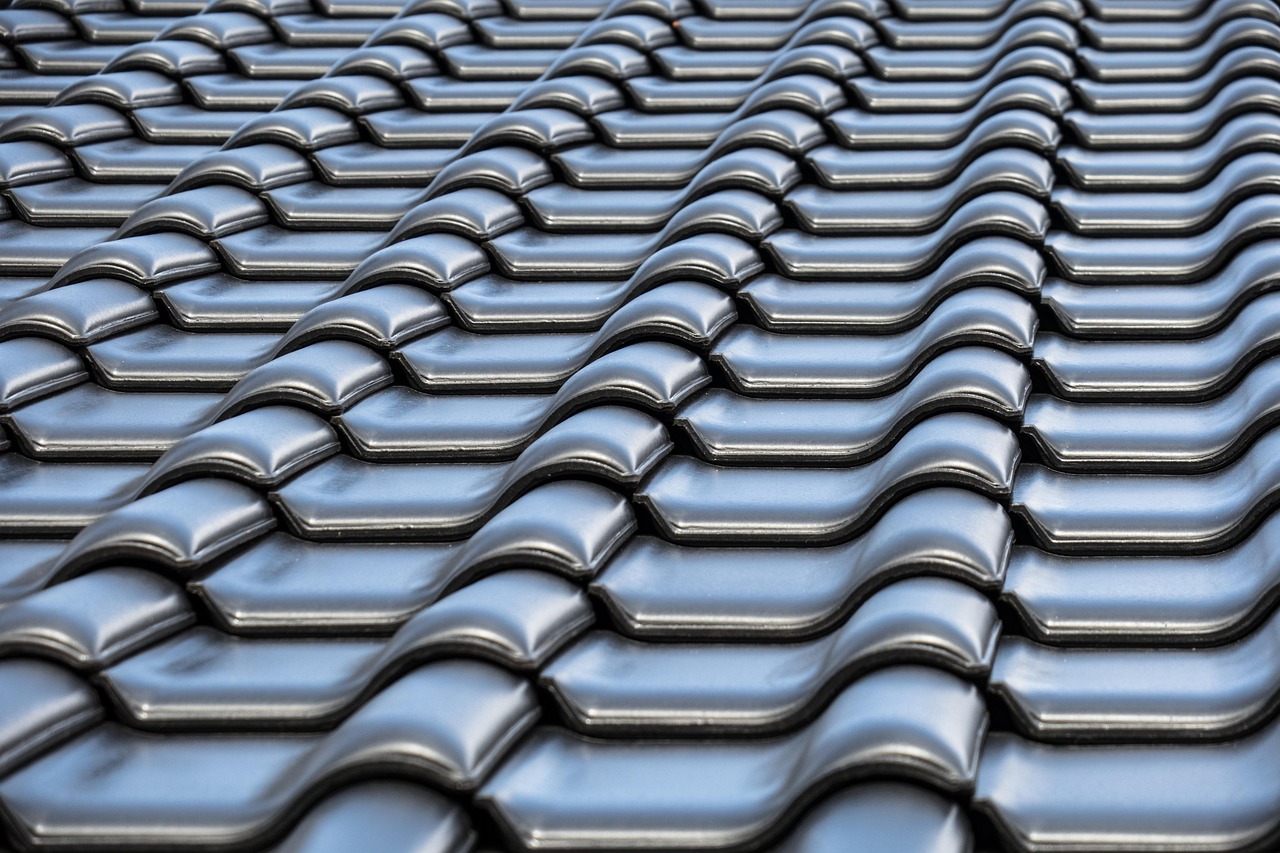Wooden Serving Trays: An Eco-Friendly Alternative to Plastic
There’s something beautiful about enjoying a meal at the dinner …

Your roof plays a key role in your home’s aesthetic appeal, energy efficiency, and long-term durability. Whether you’re building a new home, replacing an old roof, or renovating an existing structure, the type of roof you choose is a major decision.
With a wide range of options available, from traditional asphalt shingles to modern metal or eco-friendly green roofs, the process can be overwhelming without the right guidance. This blog post explores the different types of roofs available and provides practical tips on how to select the one that best suits your needs, climate, and budget.
Asphalt shingles remain the most popular roofing material across North America, and for good reason. They are affordable, easy to install, and available in a variety of colors and styles to match virtually any home. Asphalt shingles typically last 15 to 30 years, depending on the quality and local weather conditions.
They are a great choice for homeowners looking for a cost-effective option with decent durability. While asphalt is budget-friendly, it may not fare as well in areas with extreme heat, high winds, or frequent hail. Consider higher-grade architectural shingles if you want a longer-lasting, more attractive alternative within this category.
Metal roofs have surged in popularity over recent years, largely due to their incredible longevity, often lasting 40 to 70 years, and low maintenance needs. As Atlanta’s go-to company for metal roofing experts explains, common materials include steel, aluminum, copper, and zinc. Metal roofs reflect sunlight, which can help reduce cooling costs during the summer months.
They shed snow and rain efficiently, making them ideal for homes in regions with heavy precipitation. Metal roofing typically costs more upfront than asphalt, and installation requires specialized skills. If you’re looking for a roof that combines strength, sustainability, and style, metal could be the right option for modern or rustic home designs.
Tile roofs, often made of clay or concrete, are known for their distinctive appearance and exceptional durability. They are a staple of Mediterranean, Spanish, and Southwestern architectural styles. These roofs can last over 50 years and are highly resistant to fire, insects, and rot.
While beautiful, tile is significantly heavier than other roofing materials and may require additional structural support, which adds to the cost. The upfront investment is considerable, but for homeowners seeking a timeless look and long-term reliability, tile roofs offer unmatched curb appeal and performance in hot, dry climates.
For those who want a luxurious and ultra-durable option, slate roofing stands at the top. Made from natural stone, slate roofs can last well over 100 years and are nearly impervious to fire, rot, and insects. Their natural texture and color variations add a sense of elegance and permanence to any home.
Like tile, slate is extremely heavy and expensive, requiring professional installation and a reinforced roofing structure. Maintenance is minimal, but repairs can be costly if damage does occur. Slate is ideal for historic homes or those designed with classic architecture in mind, offering beauty and long-lasting protection.
Flat and low-slope roofs are commonly found on commercial buildings, modern homes, and some extensions or garages. These roofs require different materials such as modified bitumen, rubber membranes (EPDM), or built-up roofing (BUR). Though they appear flat, they often have a slight pitch to aid drainage.
Flat roofs offer space for rooftop gardens, solar panels, or HVAC systems, but they do require regular inspection and maintenance due to the higher risk of pooling water. When choosing this type of roof, proper waterproofing and drainage design are critical to prevent leaks and premature wear.
With growing interest in sustainability, green roofs and other eco-friendly options are gaining traction among environmentally conscious homeowners. Green roofs, which are partially or completely covered with vegetation, offer benefits like natural insulation, improved air quality, and reduced stormwater runoff.
They are more complex and expensive to install, but provide long-term environmental value and aesthetic charm. Other eco-conscious options include cool roofs (which reflect more sunlight), recycled shingles, and solar shingles that generate electricity. These solutions are valuable in urban areas and climates with high energy demands. If reducing your carbon footprint is a priority, green roofing alternatives are worth exploring.
A roof is a long-term investment in comfort, safety, and value. By understanding the strengths and limitations of various roofing materials and keeping practical tips in mind, you’ll be well-equipped to choose a roof that meets your needs and enhances your home’s appeal. Whether you’re aiming for durability, beauty, sustainability, or a balance of all three, the perfect roof is out there waiting to top off your home just right. And when thinking of overall home maintenance, whether it’s roofing, siding, or even searching for garage door repair near me, a comprehensive home improvement guide can help you plan each step efficiently and make informed decisions. Ever wonder how small changes make big impacts? Check DeCasa Collections.